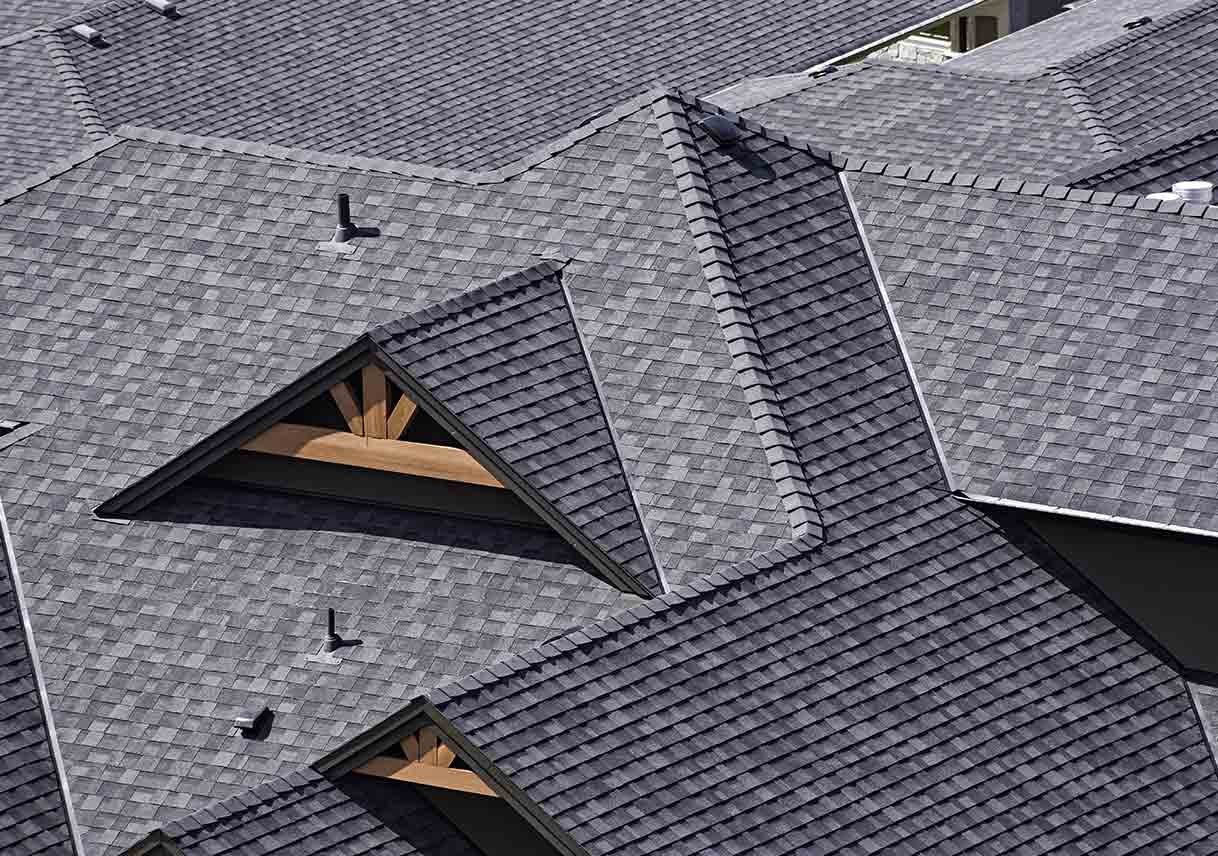Top 5 Roofing Materials for Florida Homes
Choosing the right roofing material is crucial for homeowners in Central Florida, where the climate can be challenging with its high temperatures, intense sunlight, and occasional severe weather events like hurricanes. The ideal roofing material not only enhances the aesthetic appeal of your home but also provides durability, energy efficiency, and protection against the elements. Here's a guide to the top five roofing materials that are well-suited for Florida homes:
Asphalt Shingles
Asphalt shingles are the most popular roofing material across the United States, including Florida, due to their affordability and versatility. They come in a variety of colors and styles to complement any home design. Asphalt shingles are relatively easy to install and maintain, making them a practical choice for many homeowners. However, it's essential to choose high-quality asphalt shingles with a strong warranty to ensure they withstand Florida's heat and occasional storms.
Metal Roofing
Metal roofing has gained popularity in Florida due to its durability and energy efficiency. Metal roofs are highly resistant to fire, mildew, insects, and rot, making them suitable for the humid Florida climate. They reflect solar radiant heat, which can help reduce cooling costs during hot summers. Additionally, metal roofs are long-lasting, often lasting 50 years or more with proper maintenance. They come in various styles, including standing seam, metal tiles, and metal shingles, offering aesthetic flexibility for different architectural preferences.
Concrete Tile
Concrete tiles are another excellent option for Florida homes, offering durability and energy efficiency. Concrete tiles are resistant to fire, insects, and rot, making them ideal for the region's climate. They are available in a wide range of colors and styles, including traditional barrel tiles and flat profiles that mimic the appearance of slate or wood shakes. Concrete tiles can withstand strong winds and are long-lasting, although they are heavier than some other roofing materials, expect to reinforce a sturdy roof structure for installation.
Clay Tile
Clay tiles have been used for centuries and are renowned for their durability and distinctive aesthetic appeal. They are resistant to fire, insects, and rot, making them suitable for Florida's climate. Clay tiles come in various shapes and profiles, including barrel tiles and flat tiles, providing versatility in design options. They are also excellent at reflecting solar heat, contributing to energy efficiency by reducing cooling costs in hot weather. However, like concrete tiles, clay tiles are heavy and require a robust roof structure for installation.
Synthetic Roofing
Synthetic roofing materials, such as synthetic slate or synthetic shake, offer the aesthetic appeal of natural materials with enhanced durability and lower maintenance requirements. Synthetic materials are lightweight compared to traditional slate or wood shakes, making them easier to install and less taxing on the roof structure. They are resistant to fire, insects, and rot, providing longevity and reliability in Florida's climate. Synthetic roofing materials are available in a variety of colors and styles, allowing homeowners to achieve the look of natural materials without the associated drawbacks.





